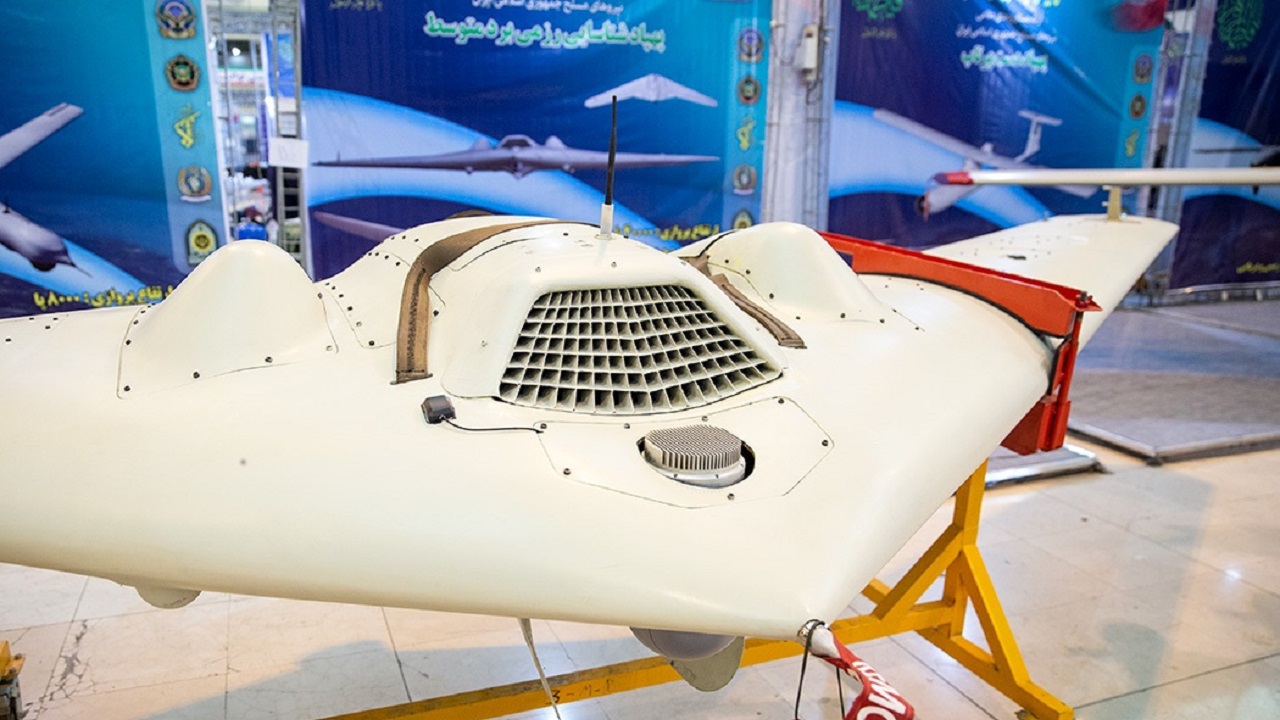Cam McMillan

Many observers were quick to mock Russia’s acquisition of Iranian drones for use in Ukraine. Analysts consider it more evidence of Russian decline, which it is.
However, we cannot underestimate the capabilities of these platforms and the threat they present. As a C-RAM (counter rocket, artillery, mortar) battle captain in Iraq who was responsible for counter-Unmanned Aircraft Systems, or C-UAS, I too scoffed at the idea that Iranian drones posed any threat to me, my soldiers, or the theater-level assets we were responsible for defending. It didn’t take long for us to realize that these drones were nothing to dismiss and posed a severe threat to our forces.
Iranian drones have regularly attacked American and coalition forces in the Middle East, many times slipping through formidable American defenses and striking targets on U.S. bases. Beyond American forces, Iranian drones have posed such a serious threat to Sunni Gulf states and to Israel that these states have formed an unlikely military partnership. That collaboration emerged after Iranian drones attacked forces and infrastructure in Saudi Arabia, the United Arab Emirates, and Israel. The drones have also been used to target individuals – a capability once almost exclusive to the U.S. – most notably in an assassination attempt against the Iraqi prime minister that did not fail by much. In the context of Ukraine, these platforms have already successfully attacked key Ukrainian forces and are likely an even greater threat than what American forces and partners have faced in the Middle East.
These Drones Are Hard to Shoot Down
Before evaluating the unique threat these systems pose in Ukraine, it’s important to understand their capabilities and functions. So far, Russia has reportedly acquired the Mohajer-6 as well as multiple Shahed-series platforms, including the Shahed 129, the Shahed 191, and the Shahed-136, which has already destroyed U.S.-supplied M777 howitzers in Ukraine.
The Mohajer-6 is a dual-purpose platform that can both provide Intelligence, surveillance, target acquisition, and reconnaissance, and deliver guided munitions with a range of roughly 200 km. The Shahed 129 and 191 are also dual-role platforms, but they can carry larger payloads and have a much greater range of up to 1700 km and 1500 km, respectively. The Shahed-136, on the other hand, is a kamikaze drone that carries an explosive payload and flies directly into its target. These kamikaze drones were what kept me and my friends up at night in Iraq.
With such capabilities and functions in mind, it is also important to recognize the unique challenges these drones pose in the area of force protection. First, they are exceptionally hard to track on radar, as they do not share the characteristics of the manned aircraft most modern air defense systems were designed for. Due to their small radar cross-section, relatively slow speed, and low altitude, drones present a unique challenge. They require the use of specific technologies that allow air defenders to identify the drones based on the above characteristics. Second, even if Ukrainian forces can manage to identify and track Iranian UAS systems, they are hard to shoot down for the same reasons they are hard to find on radar: They are not manned aircraft, and most air defense systems weren’t designed to shoot them down.
An Asymmetric Threat
While American forces in the Middle East have had more recent success defending against Iranian drones, it was a long learning curve to develop competent C-UAS strategies and adapt existing weapons and technologies to meet the threat. The situations of American forces in the Middle East and the Ukrainian army are not comparable whatsoever. American forces in Iraq and Syria have the luxury of being in fixed, static defensive positions where they are almost entirely focused on force protection. This allows them to emplace necessary air defenses and to have assets and personnel fully dedicated to C-UAS operations at all times. The Ukrainians do not have that luxury. They are engaged in a completely different style of warfare, one where UAS is only one threat on a long list of Russian artillery, rockets, missiles, aircraft, ships, and maneuver forces.
Additionally, in the wake of Ukraine’s successful counteroffensive, Ukrainian forces are not in a static defense posture. They are on the move in fluid and contested offensive operations, which makes air defense exceedingly more difficult and leaves them especially vulnerable to UAS threats posed by these Iranian platforms.
While the U.S. provides support in other areas, like long-range fires and intelligence, we cannot assume that Iranian support to Russia is merely superficial. We have made the mistake of underestimating their UAS capabilities before. Ukraine will need the necessary air defense and C-UAS assets to defend its forces against this unique threat.
The U.S. has an abundance of knowledge and lessons learned in this specific area to share with Ukraine. At a time when Kyiv appears to have the advantage, Russia could employ these UAS platforms as asymmetric threats against a force that is beating them on the conventional battleground. That is exactly what Iran has been doing to the U.S. for decades in the Middle East. It is essential that we take this threat seriously and adapt our support accordingly.
No comments:
Post a Comment